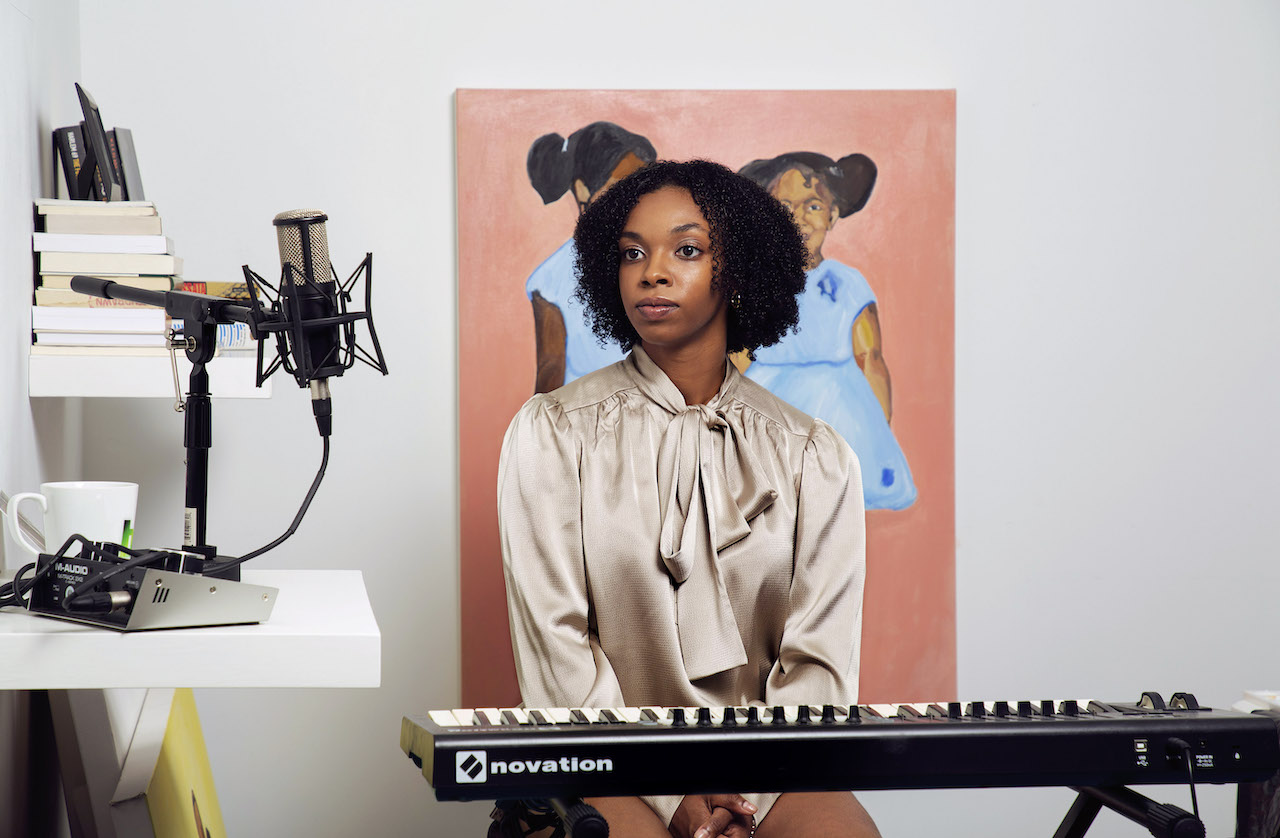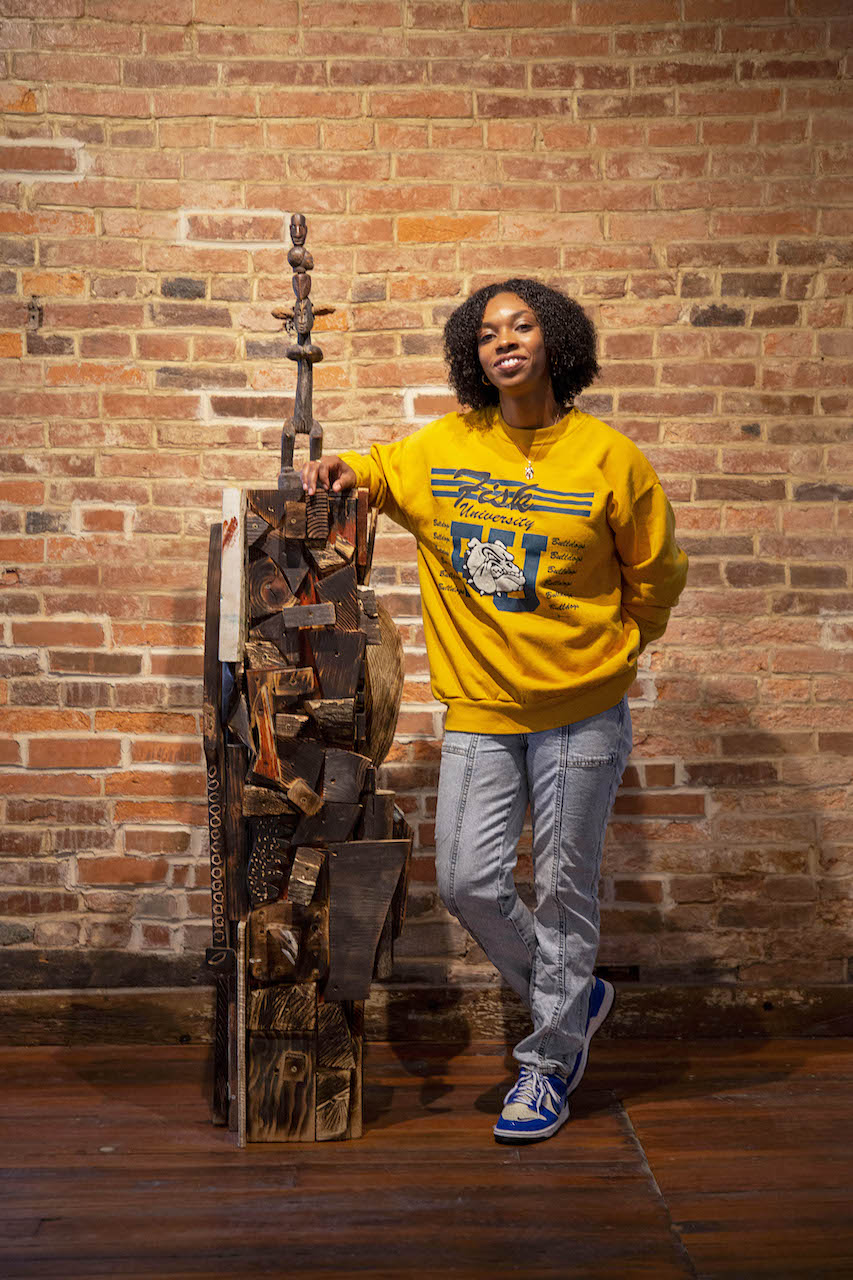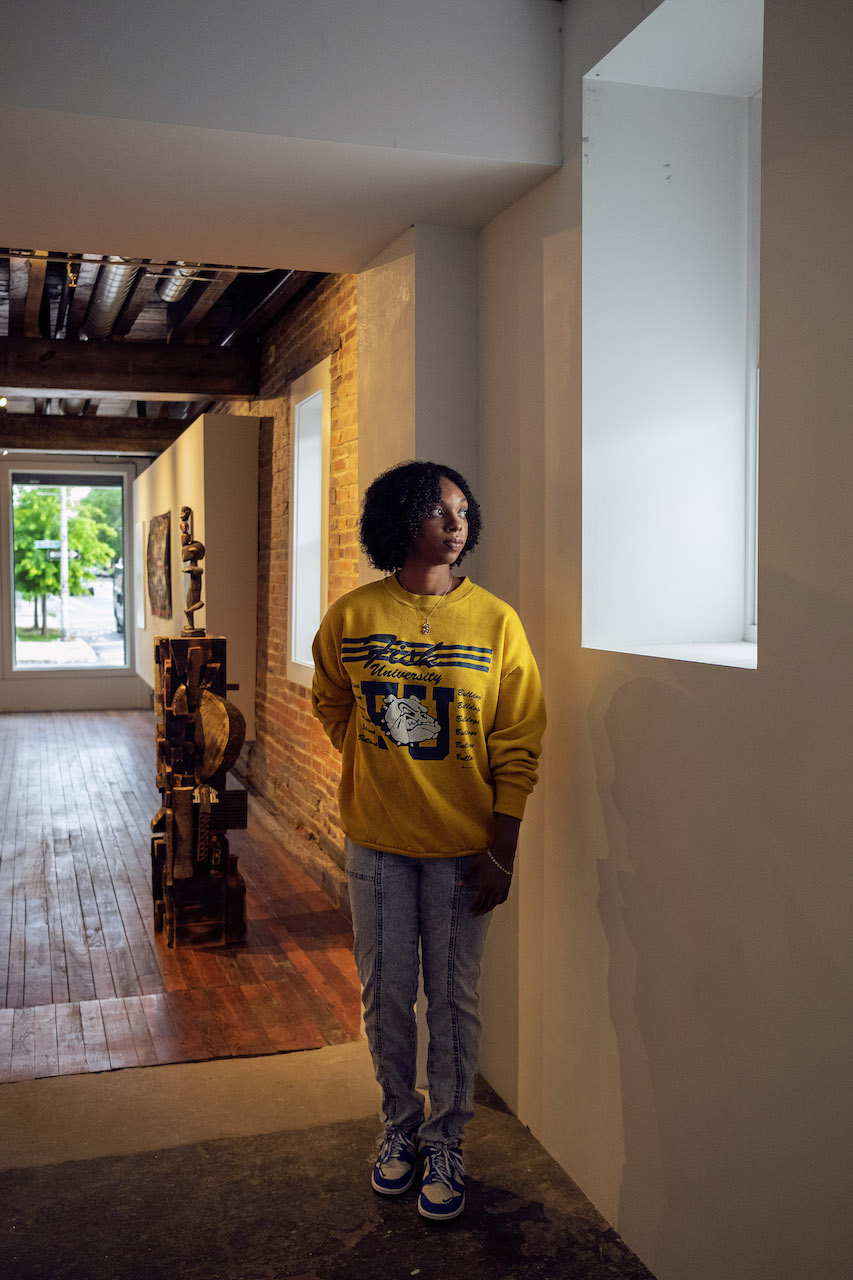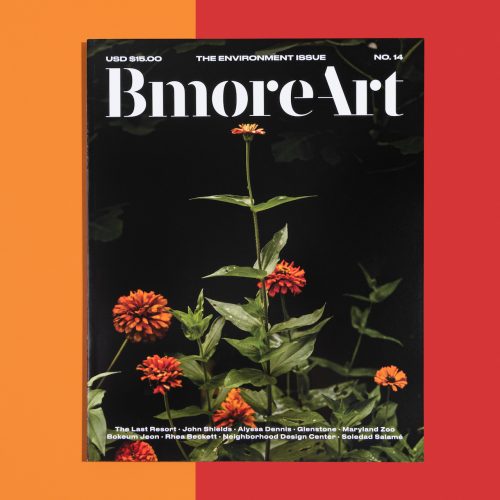Enter 2020, with its pandemic, quarantine, and spotlight on myriad racial injustices carried out across the nation. Beckett was a MICA student in 2015, during the protests surrounding the Baltimore police murder of Freddie Gray, and the 2020 Minneapolis police murder of George Floyd triggered an overwhelming state of emotional exhaustion and intellectual fatigue. As Beckett watched people protesting and organizations speaking out in support of Black lives, Black businesses, and Black artists, she paid attention to the differences between intention, placation, and action.
Here, Beckett began to revisit the idea of Black space. Based on her intimate relationships with arts institutions, Beckett knew that important conversations were not really happening. So she and a former collaborator, Alexis Dixon, decided to shake things up. To do this, she resurrected an aspect of her thesis that she had previously shelved to streamline and save time: a digital platform, the birth of BARS.
The duo titled this social-media-based project Racism in the Arts, and the series of posts highlighted various ways institutions reify white supremacy in the field. “It was a daily conversation of how we felt being the Black women working behind the scenes [in arts institutions],” Becket says. “That experience, from our perspective, was completely different from our peers who were the artists.”
She likens the experience, unfortunately, to being at war. “We were the first brigade of, ‘Whoa, did you just say that in this meeting?’… I was losing jobs for speaking up.” The posts went viral, receiving more than 300,000 impressions on Instagram alone, which led to several organizations, including the arts administration and policy department at SAIC and the Canadian Arts Commission, using the framework in their anti-racism initiatives.
Beckett continued to expand BARS by way of both digital and physical space, producing exhibitions across Baltimore and neighboring cities, including All Together, a survey of contemporary Black women artists at the DC Public Library in the summer of 2022.
In the midst of creating ownership in the ether, Beckett was presented with the opportunity to give BARS a brick-and-mortar home in 2021. Serendipitously, a fellow artist and supporter of Beckett’s vision (who wishes to remain unnamed) had access to an empty space on Franklin Street in the downtown Seton Hill community of Baltimore. Beckett, a history enthusiast, tells me that the first group of free Haitians and Dominicans in Baltimore settled there, and that their presence can still be seen in the blue doors and homes painted yellow and pink as you move between the streets.
I can’t help but see this placement as divine alignment. From the Fisk Jubilee Singers, who were created to preserve a Black space, to a graduate thesis that explored the importance and responsibility of uplifting Black space, to the evolution of “space” as more than a tangible place, Rhea Beckett is building the unbound.












